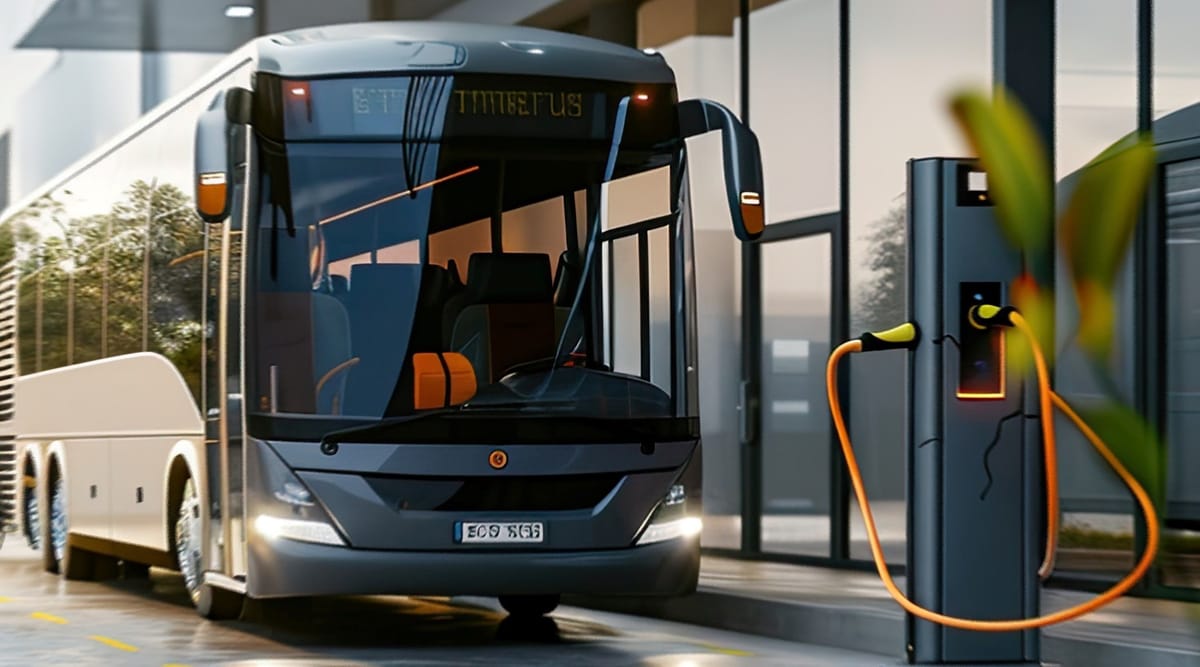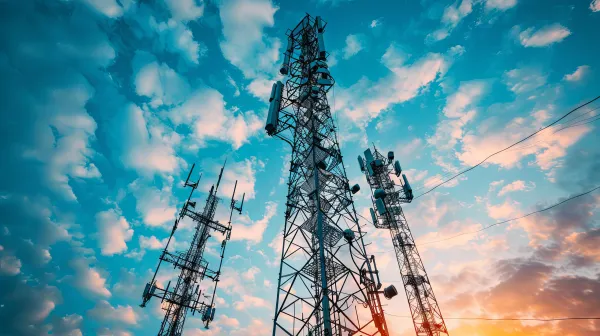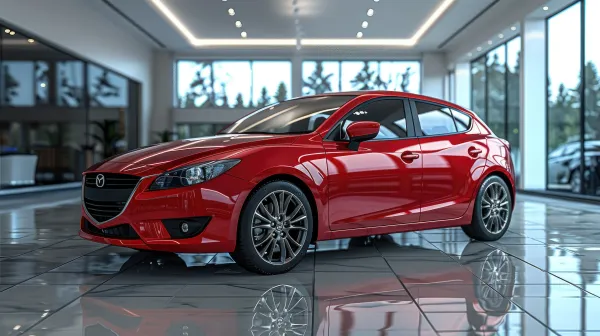How Is the UAE Turning Clean Transit Goals into a Scalable E-Bus Market?
The UAE’s electric bus market is scaling with purpose. Backed by mandates, rising unit sales, and localized tech innovation, the sector reflects how clean transport can drive both climate outcomes and economic diversification.

In an age where sustainability often competes with feasibility, the United Arab Emirates has taken a position that is both bold and measurable. As part of its Net Zero 2050 strategy, the country has committed to converting 70% of its public bus fleet to electric by mid-century.
This is not a standalone commitment. According to Ken Research, it is paired with targets of 50% electrification of private cars and 40% of trucks.
Unlike broader net-zero narratives, this one comes with quantified infrastructure investment, policy mechanisms, and, as newly released forecasts show, market growth with financial clarity.
Why Buses Are the First-Mover Sector in UAE’s EV Transition
The focus on electrifying buses first is neither random nor purely symbolic. Buses offer operational predictability: fixed routes, centralized management, and fleet ownership structures that allow policy mandates to be enforced cleanly.
These factors lower barriers to electrification compared to private vehicles or long-haul freight, where consumer behaviour and fragmented logistics introduce complexity.
But there's also a visibility argument. Buses, unlike private EVs, operate in public view. Their transformation sends a message that aligns policy with people’s everyday experience. It builds public confidence and, more importantly, proves operability at scale.
Where Market Growth Leads?
According to Ken Research, the UAE bus market is projected to grow at a CAGR of 9.4%, reaching AED 9.7 billion in total value by 2030.
In unit terms, annual bus sales are expected to rise from 6,925 units in 2023 to 10,693 units in 2030, representing a volume growth CAGR of 6.4%.
Electric buses, while still a small fraction of the market, are set to scale aggressively. From just 75 units in 2023, the electric fleet is projected to reach 5,911 units by 2030, an astonishing CAGR of 86.7%.
Adoption rates are forecasted to rise from 0.1% in 2023 to 3.9% by 2030, largely due to targeted government mandates requiring at least 10% of new bus sales to be electric over the next several years.
Importantly, the average ticket price of buses is expected to grow from AED 751,400 in 2023 to AED 910,800 by 2030, driven by the shift toward higher-cost electric models.
EV buses currently cost 1.5x to 2x more than their diesel counterparts, a price gap that underlines both the challenge and the opportunity in financing and leasing innovation.
How Policy, Technology, and Strategy Are Powering the Global Transition?
The rapid shift to electric buses is not being left to market forces alone. A convergence of policy action, technology localization, industrial strategy, and public-private partnerships is driving momentum across the ecosystem.
Government Incentives and Policy Mechanisms
The UAE government has introduced an extensive suite of enablers, including reduced vehicle registration fees, free Salik tags, designated parking for EVs, and the deployment of ultra-fast charging stations. These are not soft incentives, they directly reduce operating costs for fleet managers and make EV adoption operationally viable.
Additionally, the rollout is structured within a regulatory framework tied to 2030 and 2050 milestones, giving both private sector operators and investors clear planning horizons.
Technology Innovation and Local Industry Involvement
Companies such as Hafilat, Masdar, and ADNOC, alongside international collaborators like Hitachi, are investing in battery cooling technologies, powertrain optimization, and scalable charging infrastructure.
With ambient temperatures in the UAE regularly exceeding 45°C, Thermal management innovation is no longer optional it is becoming a point of competitive differentiation.
Net Zero Mandate and Global Benchmarking
The bus electrification agenda is integral to the UAE’s national climate plan, which seeks to position the country as a net-zero emissions economy by 2050.
The UAE already ranks 8th globally in electric mobility readiness, and targeted policies are designed not just to meet emissions goals but to advance its global competitiveness in clean transport technologies.
Economic Diversification and Industrial Resilience
Beyond environmental goals, the EV shift serves as a tool for economic diversification, helping reduce long-term dependency on fossil fuels
The government is actively creating local and international partnerships to build an indigenous EV supply chain, one that contributes to employment, exports, and resilience against global fuel volatility.
Challenges That Highlight Market Opportunity
Despite its strong policy posture, the EV bus market in the UAE is not frictionless and that’s what makes it investable. Several challenges still constrain adoption at scale:
- High capital expenditure remains the top barrier, especially as electric buses command a premium of up to 2x diesel models
- Charging infrastructure, while expanding, is still concentrated in urban hubs, leaving intercity and Tier 2 routes underserved
- Range anxiety and limited charging redundancy inhibit full operational confidence
- Battery degradation in extreme heat continues to affect performance, creating demand for thermal management innovation
Each of these frictions represents a targeted investment thesis from smart charging platforms and predictive fleet analytics to battery localization and leasing-based financing models. This is not a saturated market, it’s one under construction.
Strategic Implications for Investors, Operators, and Policymakers
- Policy certainty, ESG alignment, and transparent public procurement structures combine to create a stable and scalable environment for long-term capital deployment in the electric bus ecosystem.
- Early engagement in OEM partnerships, depot infrastructure, or fleet financing solutions enables access to multi-year contracts, preferential procurement, and durable first-mover advantage.
- Emerging priorities include tiered subsidy models to support smaller fleet operators, standardization of battery technologies optimized for desert conditions, and blended financing mechanisms to accelerate nationwide infrastructure buildout.
Conclusion
The UAE’s electric bus strategy reflects more than climate alignment, it signals a shift in how public mobility will be financed, built, and operated in the region.
Electric bus adoption is scaling rapidly, supported by policy certainty, rising urban demand, and a maturing ecosystem of local and global players. This is not an emerging opportunity, it’s an active transition.
Execution gaps remain in financing models, infrastructure coverage, and thermal technology, but they point to where innovation and capital are most needed.
The fundamentals are in place. What distinguishes value creation now is not who observes, but who acts deliberately, early, and with strategic intent.



